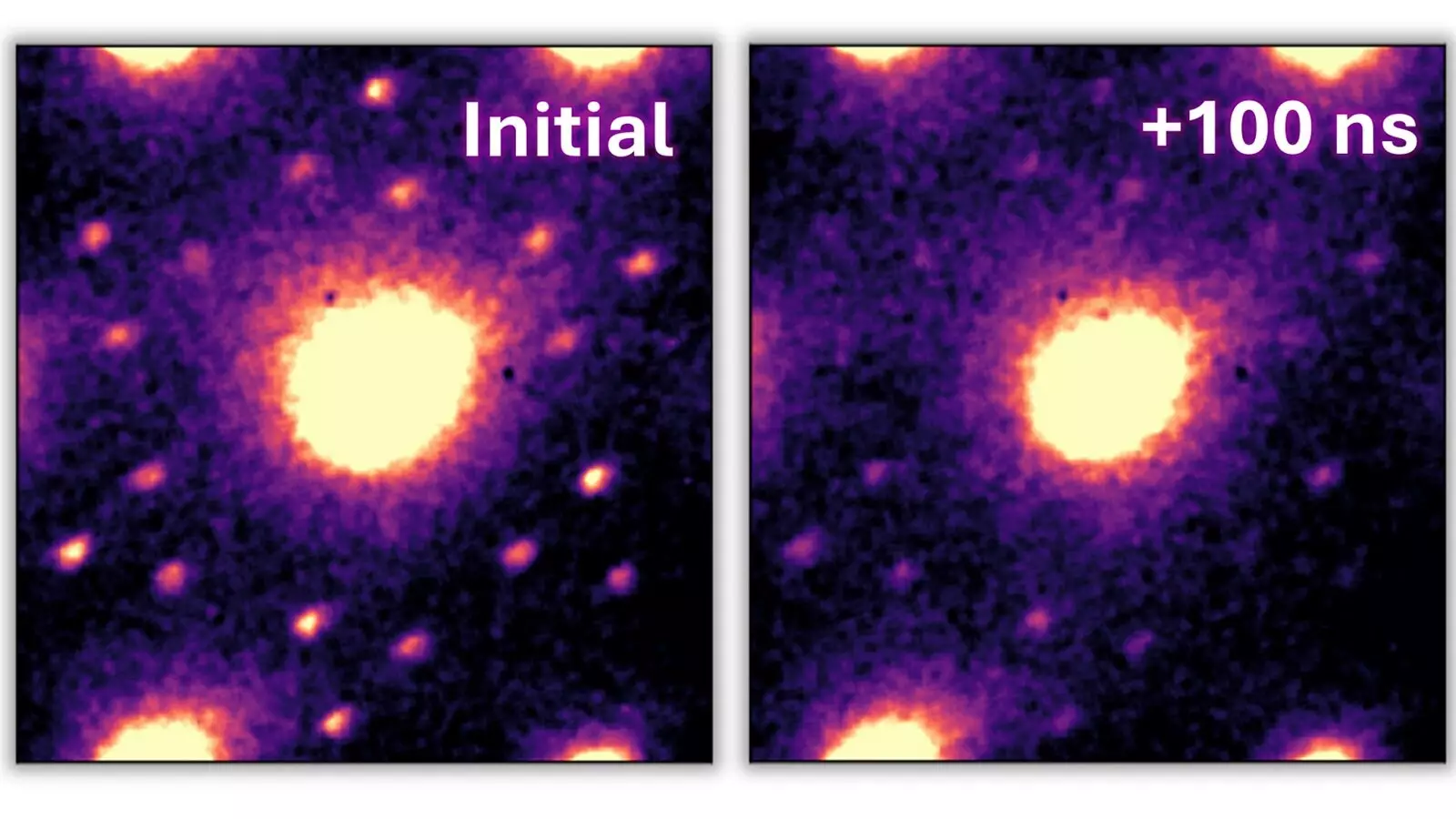In a world that’s increasingly dependent on computing power, the energy inefficiency of today’s supercomputers poses a significant challenge. The staggering energy consumption of these colossal machines often equals that of entire neighborhoods, raising concerns about sustainability and the environmental impact of advancing technology. However, a beacon of hope is emerging from innovative research that seeks to harness the principles of neurobiological processes through advanced materials. Researchers are now exploring the possibility of utilizing charge density waves (CDWs) in materials like tantalum sulfide (1T-TaS2) to create more energy-efficient supercomputing systems.
The Challenge of Energy Inefficiency
Traditional supercomputers operate at remarkable speeds, performing quadrillions of calculations per second, but their energy demands are astronomical. The power used not only constitutes a significant operational cost but also contributes to the broader issue of carbon emissions associated with electricity generation. As the digital landscape continues to evolve, the need for sustainable computing solutions becomes increasingly critical. Researchers are now focusing on how to reduce energy consumption without sacrificing performance, prompting a shift towards materials and technologies capable of mimicking brain-like operations.
Understanding Charge Density Waves
Charge density waves represent an exciting frontier in materials science. Essentially, these are periodic arrangements of electrons within a material that exhibit wave-like behavior. When manipulated correctly, CDWs can allow electrons to move in a correlated manner, effectively switching the resistance of the material on and off. This property is particularly promising for microelectronics, where rapid switching is crucial for efficient operation. By leveraging the underlying mechanics of CDWs, researchers can redefine how we think about processing and storing information, potentially revolutionizing computing paradigms.
Innovative Research at Argonne National Laboratory
The groundbreaking research conducted at the U.S. Department of Energy’s Argonne National Laboratory hinges on a novel ultrafast electron microscopy technique. This method enables scientists to observe the microsecond dynamics of materials displaying charge density waves at room temperature, offering unprecedented insights into their behavior. Utilizing a flake of tantalum sulfide, researchers applied electrical pulses, expecting to witness direct resistance switching. However, what they uncovered was far more complex and fascinating.
The ultrafast electron microscope revealed two significant phenomena: firstly, that CDWs would “melt” in response to heat rather than the charge itself, and secondly, that these materials formed vibrational patterns akin to drumbeats. These insights challenge previous assumptions about the mechanics of CDW manipulation and echo the activation processes of neurons in biological systems. The team, thus, has not only unveiled a new method for probing material behavior but also aligned their findings with neural activities, reinforcing the notion that computing may one day mirror the workings of the human brain.
Bridging the Gap between Biology and Technology
The implications of this research go beyond mere curiosity; they showcase a convergence between biological systems and technological innovation. The observation that CDW behavior can mimic neuron activation opens the door to creating bio-inspired computing systems. Such systems could operate with the efficiency and adaptability of biological networks, substantially influencing the design of future microelectronics. This synergy is a stepping stone towards developing ultra-compact, energy-efficient devices that function with lightning-fast responsiveness, paving the way for advancements in artificial intelligence and machine learning.
The Future of Microelectronics
As we delve deeper into the capabilities of materials like 1T-TaS2, the potential applications become increasingly exciting. The unique characteristics of charge density waves, combined with ultrafast electron microscopy, can provide granular control over electronic properties, paving the way for a new generation of microelectronics. These advancements not only promise improved efficiency but could also lead to breakthroughs in several fields, spanning computing, sensing technologies, and beyond.
With ongoing research, the pathway to integrating these findings into practical applications remains clear. The scientific community stands at a pivotal juncture, where the melding of fundamental physics and novel materials holds promise for extraordinary future technologies. The ongoing quest for energy-efficient computing solutions stimulates innovation across disciplines, setting the stage for a more sustainable and intelligent digital age. As researchers continue to unwind the intricacies of charge density waves, we might just witness the dawn of a new era in computing that was once thought to reside solely in the realm of science fiction.


Leave a Reply